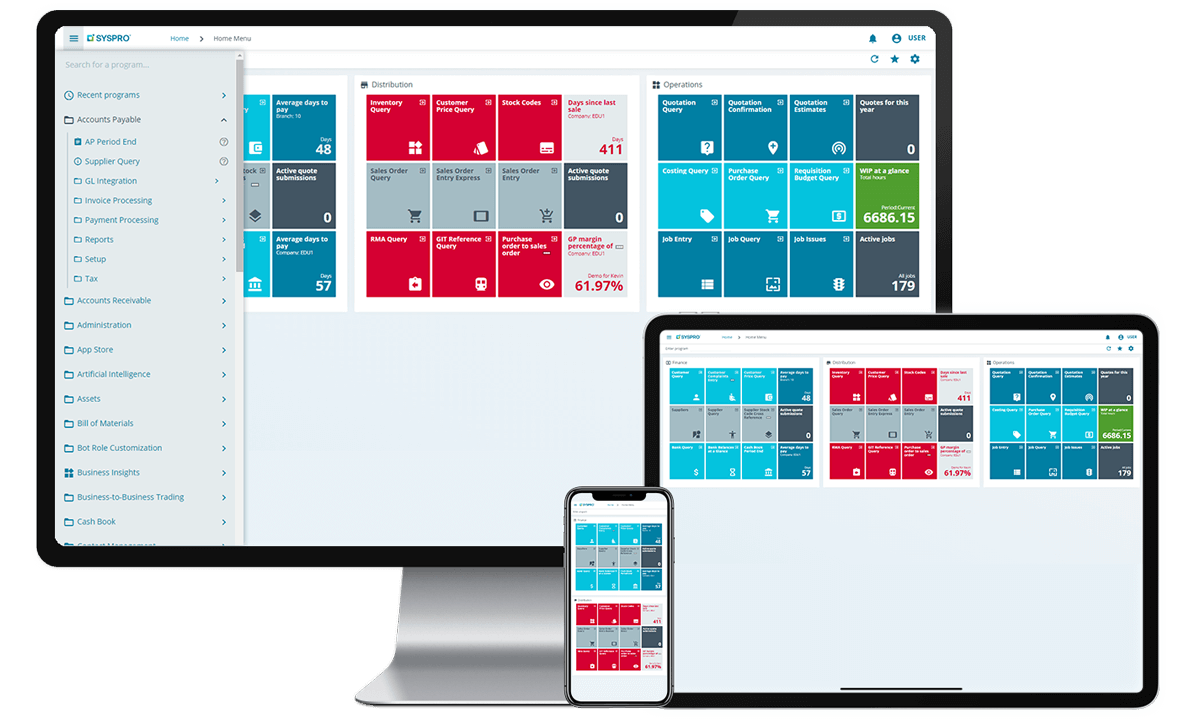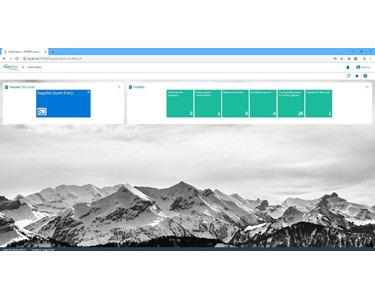

In addition, the continuing digital revolution and increasingly affordable computer processing power have brought changes to virtually every area of business operations.
Process monitor syspro software#
With this new software came access to other functionality outside of the business, such as customer relationship management (CRM) and supply chain management (SCM).

In the 2000s ERP II was established as new, internet software gave real-time access to ERP solutions. This allows hosting of resources such as databases, in central locations and distributing resources, like user interface and reporting services, to other locations. These included the now-familiar system architecture in which the client’s computers are wholly separate from the server. The definition of ERP would be broadened to include almost any type of large integrated software package.ĭuring this time the basic models that are the mainstay of ERP software were introduced and firmly embedded into the design. The purpose was to integrate all facets of the business enterprise under one suite of software applications. The term “Enterprise Resource Planning” was only coined in the 1990s by The Gartner Group to describe the next generation of MRP software. This led to numerous human errors, slow processes, inconsistent information, and ineffective reporting. Most business systems at that time focused on one particular business process, and as a result, companies purchased different systems for each business process and ultimately had to move data from one system to another to get information to the right people at the right time. While MRP was primarily concerned with materials, MRP II was concerned with the integration of all aspects of the manufacturing process, including materials, finance, and human relations. MRP further evolved and was called MRP II. This began with Material Requirement Planning (MRP)in the 1970s and 1980s. However, ERP technically has a long history that can be traced back to the 1960s, when early software systems were based on automation for individual functions, such as inventory management. The last half-decade has seen ERP solutions evolve into versatile and multi-faceted tools that help small, medium and large organizations run their business. The advancement and diversification of enterprise resource planning (ERP) software have enabled businesses to integrate new technologies into their supply chain processes to drive forward their performance, leading to a variety of benefits.

For many of today’s established organizations, the path to success and the evolution of business management technology are closely interwoven.


 0 kommentar(er)
0 kommentar(er)
